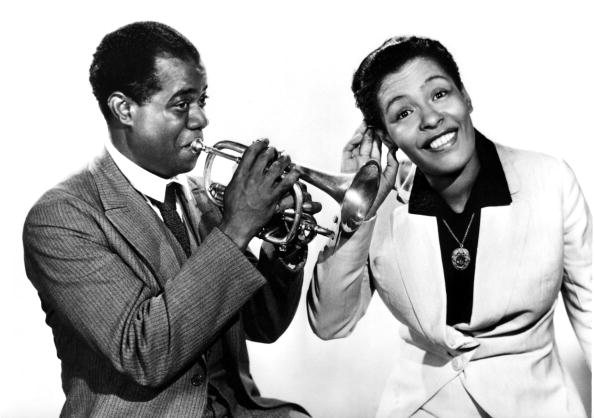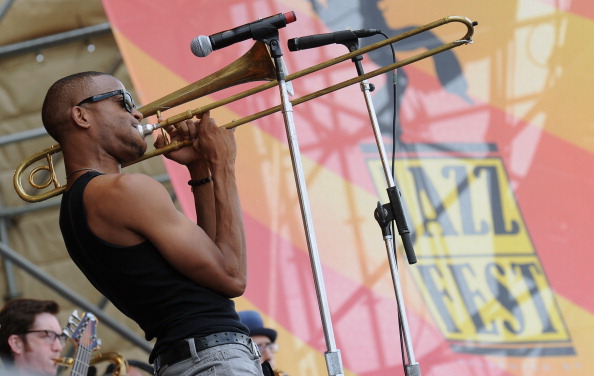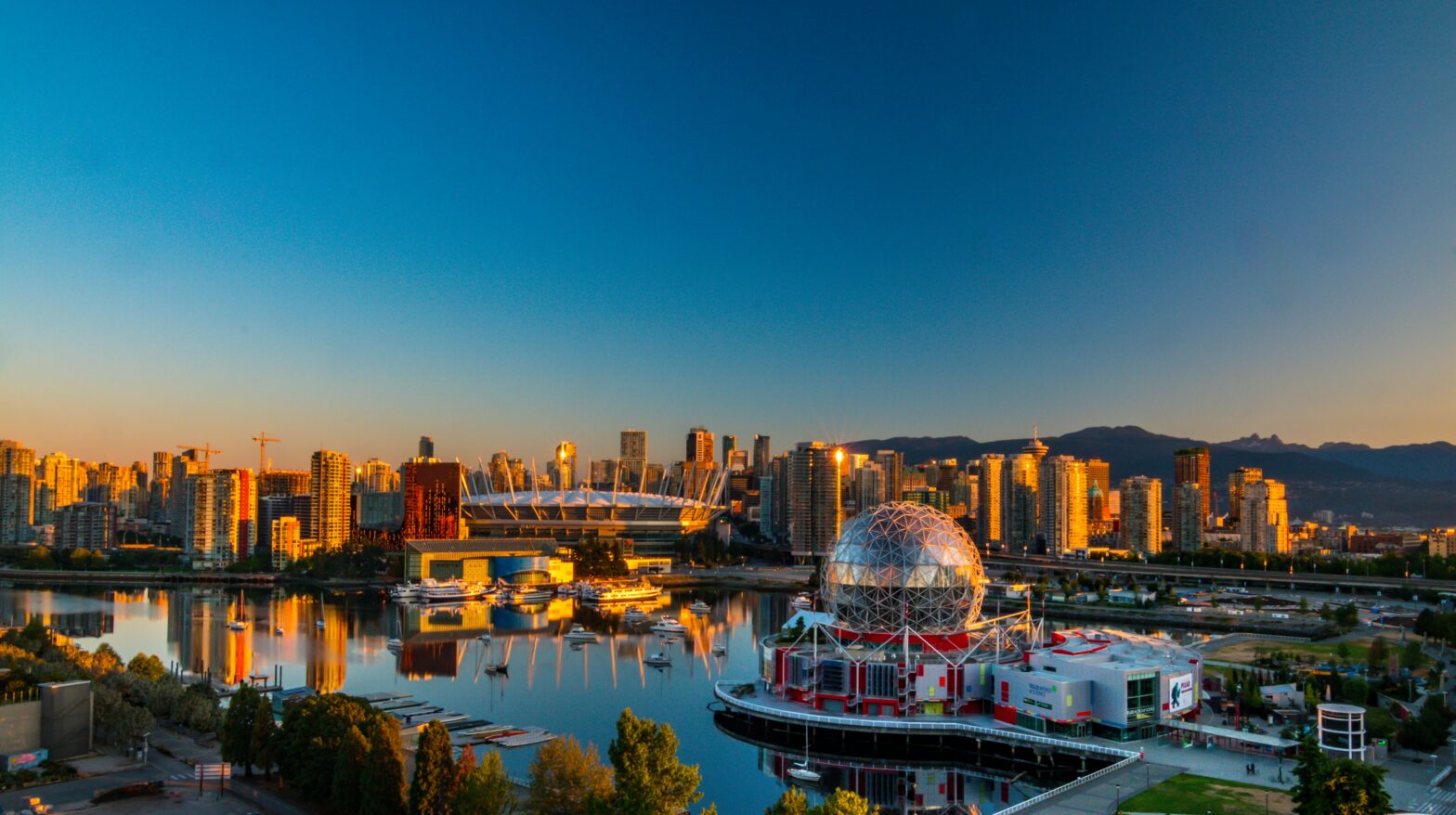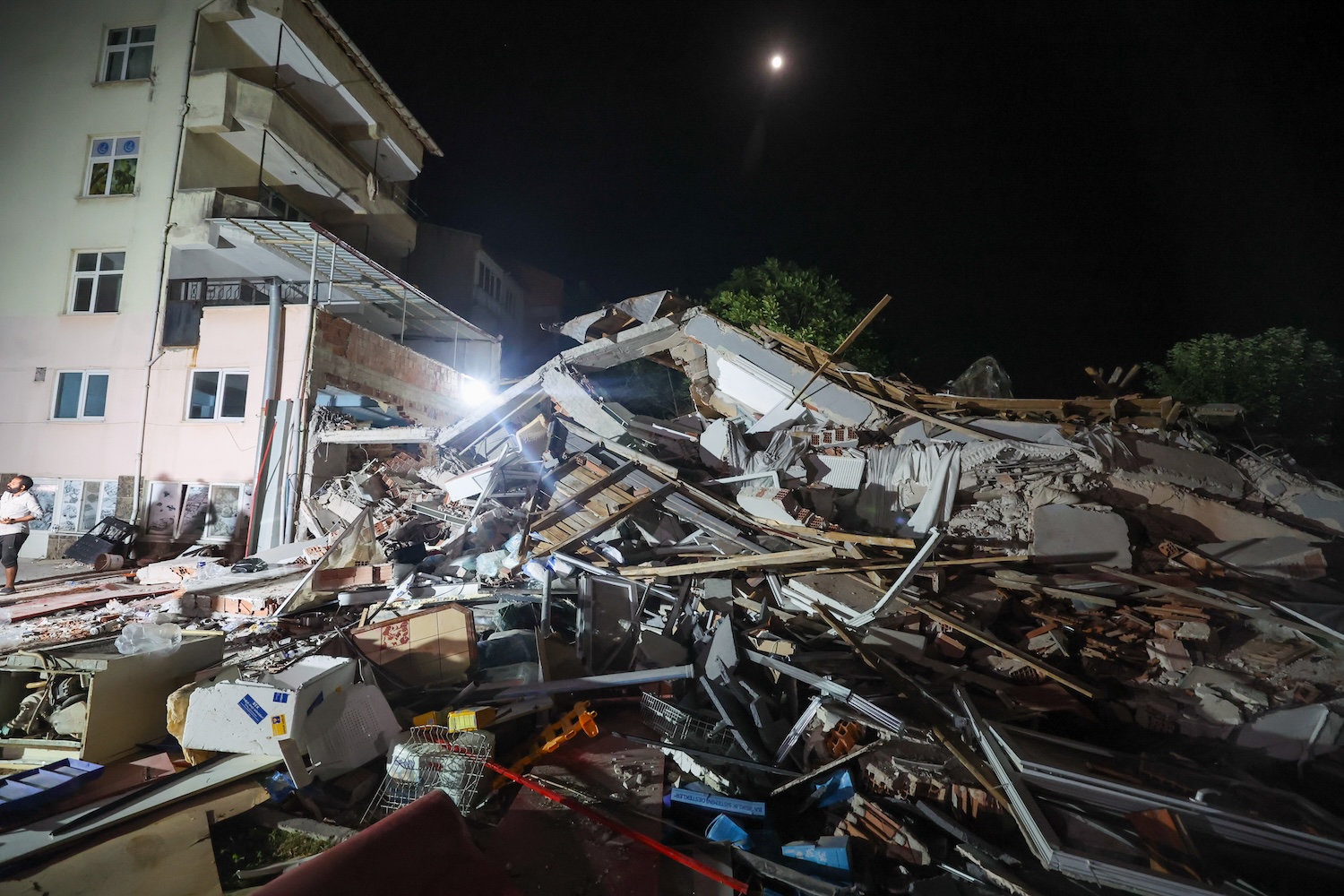After watching Girls Trip in 2017, I knew New Orleans had to be on my bucket list of cities to visit. So far, I’ve been three times and it’s become one of my favorite places for food, culture, and music. Each time the atmosphere and ambiance of Bourbon Street was different, yet oddly consistent. There were always cool street dancers and performers in the French Quarter. It took everything to leave certain boutiques and shops along the strip because they just kept playing my favorite songs, old and new. You could always count on high energy music blaring through the speakers at different eateries and bars, which can sometimes be heard blocks away.
New Orleans is a multicultural city of music, impacting the sound of the music scene since the 19th century. New Orleans is music at its core. This city has the only major metro airport named after a jazz musician, legendary Louis Armstrong.
The culture in New Orleans has influenced various genres of music from past to present. Take, for instance, Beyonce’s “Get Me Bodied,” the marching band in Drake’s “In My Feelings” video, or Megan Thee Stallion and her bounce-inspired “Hot Girls” track. It’s that fast tempo that, next thing you know, your whole body is moving.
In the late 1890s, artists like the often unrecorded Buddy Bolden, Ella Fitzgerald, Billie Holiday, King Oliver’s Creole Jazz Band, and other classic icons brought jazz centerstage, singing ragtime, scat, and giving everyone the blues. Telling the tales of African Americans, expressing a range of emotions with bass lines, chords, and freeing lyrics. Jazz legend Louis ‘Satchmo” Armstrong is one of the most popular musicians from NOLA. He’s known for his distinctive voice, improvised syllables, and wide grin, which is how he got his nickname Satchmo. His dedication to jazz music and the Harlem Renaissance in New York is still very present today.

Chart-topping classic ‘Tutti Frutti’ by Rock n Roll Hall of Famer Little Richard was recorded at the iconic J&M Studio on Rampart Street in 1955. J&M Studio was operational from 1945 through spring 1956 and was also the birthplace of “The Fat Man” by Fats Domino and “See You Later, Alligator” by Bobby Charles.
With the addition of Congo drums and rhythms, New Orleans’ sound continued to develop into jazzy yet funky Creole-inspired tunes sung in French about the hardships of living in the south, known as Zydeco. The French established New Orleans in 1718. The Creole community in Southwest Louisiana, descendants of African, Caribbean, French and Spanish heritage, is still heavily responsible for the cultural influence of NOLA music, art, and culture today.
It was an exciting time when bounce music emerged as a reflection of Louisiana’s history with hip hop. Artists like Cash Money’s Bryan “Birdman” Williams, Magnolia Shorty, Lil Wayne and more made the world pay attention to high energy beats and repetitive lyrics of New Orleans music. DJ Jubilee began to popularize throughout the south, especially with songs like “Do the Jubilee All” and “Get It Ready Ready.“
Juvenile’s “Back That Azz Up” became most of the country’s introduction to the bounce influenced sound as bounce music became increasingly popular with the arrival of the often imitated, never duplicated Big Freedia, one of the biggest names in New Orleans bounce culture.
Even present day, New Orleans is still making contributions to the music industry. NOLA-born artist Lucky Daye was not raised around the sounds of NOLA’s jazz, blues or hip hop scene, even though you couldn’t tell listening to his music. Trumpet chords, bass guitars and an array of other musical instruments. His music is reminiscent of his own musical gumbo, pulling from neo-soul, rock and funk influences with fiery lyrics telling stories of his life struggles and isolation to a new world of R&B with impeccable musicality, like jazz in the early 1900s.
Today, a variety of New Orleans artists are creating their own musical gumbo and continuing to push a funkier sound of music to audiences around the world. New Orleans will likely continue to heavily influence the music industry for generations to come.





